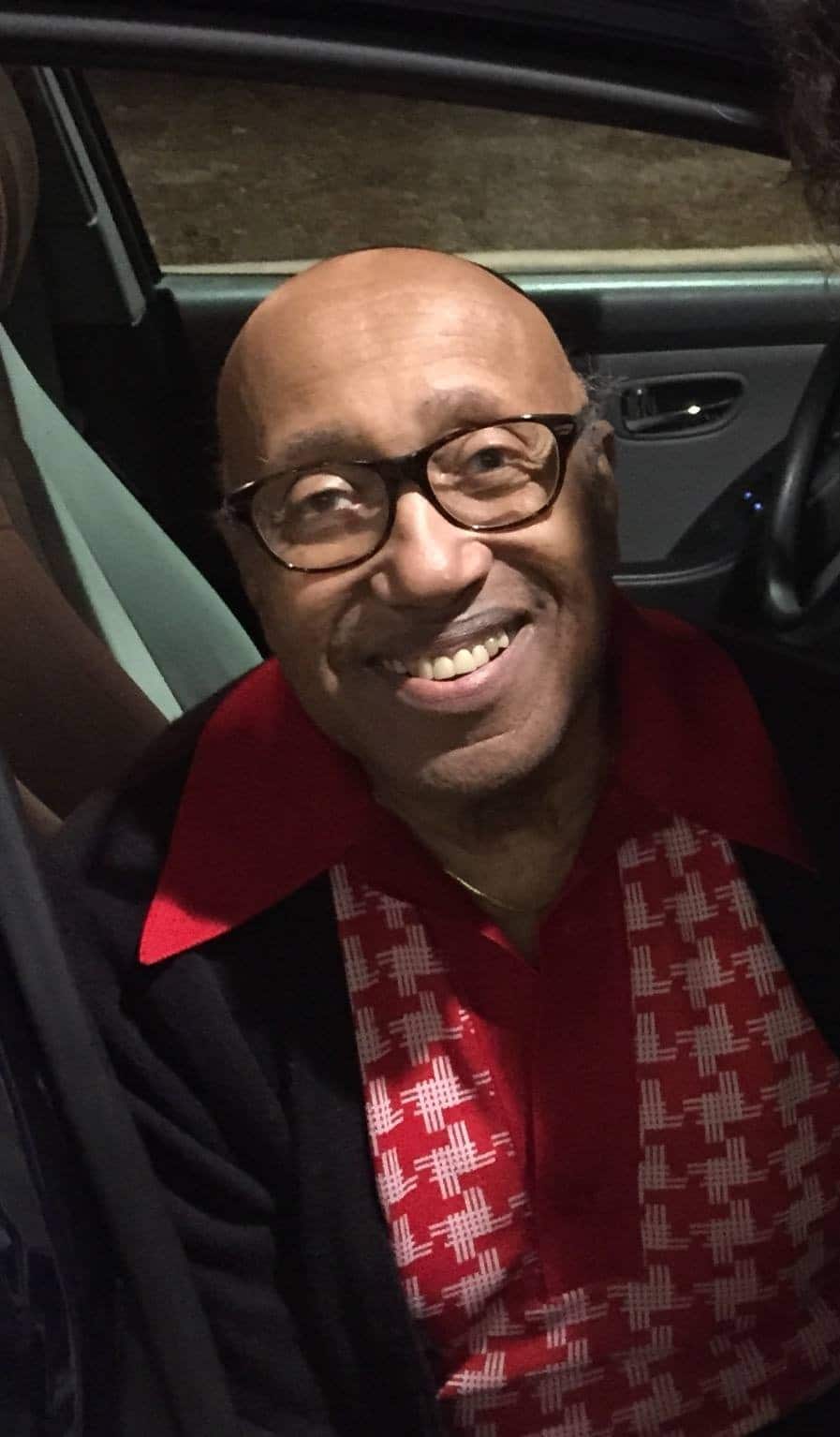Make Your Own Kind of Music, Sing Your Own Special Song

By Dave Harmon

One of my longtime former co-workers died last month. I very much respected her work and looked in vain for an obituary. Sadly, her life story remains untold beyond occasional posts to her Facebook page. The irony is that she had worked for decades at public relations giants like Carl Byoir and PR Newswire, creating brand stories that withstood the test of time.
Whether an individual or a company, I am an advocate of telling your own story.
Without your framing and perspective, there’s a risk someone will tell your story for you. It might be positive, but there’s a pretty good chance of important facts or color being omitted.
For individuals, the nonprofit StoryCorps has made the process easy. Audio interviews may be contributed at no charge by anyone, and they become part of the permanent collection at the Library of Congress. I smiled today listening to an interview with my favorite high school teacher, J. Ernest DuBois.
For companies, the art of storytelling is evolving quickly due to changes in the way people and machines gather information.
Just a few years back, a corporate website optimized for search engines did the trick. On top of that, brands routinely posted to Twitter, Facebook, Instagram, and LinkedIn – and they pitched stories to business reporters at dailies and trade pubs.
Today, those typing a query into a browser search bar are likely to see results from artificial intelligence (AI) chatbots that may or may not be indexing a corporate website. The large language models (LLMs) feeding Gemini, Copilot, Claude, and ChatGPT are becoming the new Google Search.
Social platforms have been politicized, and angry comments from trolls often poison even the most innocuous posts from a CEO or company.
The collapse of the paid media model that supported most news sites has hastened an already alarming trend of belt-tightening by debt-heavy media companies. The few remaining reporters inside once-bustling newsrooms are now chasing scandals and breaking news stories rather than features, profiles, and enterprise reporting.
But demand for information about companies and what they stand for is growing exponentially. And the stakes are enormous.
Research conducted last year by 3BL, TriplePundit, Glow, and Cint found that consumers switching brands for sustainability reasons represent a $44 billion opportunity across 12 U.S. industries. This means that a significant amount of revenue is shifting towards companies that are perceived as more sustainable.
Companies stand to gain a competitive and reputational advantage by actively sharing stories about reducing emissions and waste, using less water, and caring for their employees and communities.
Those brands that move beyond a static, annual sustainability report and embrace an approach of always-on storytelling can measure the return on investment through employee recruitment and retention, inclusion in respected ratings and rankings, and in sales.
Brand journalism, when combined with audience insights and an engagement strategy built for AI LLMs, is fast becoming a best practice for companies with good stories to tell.


